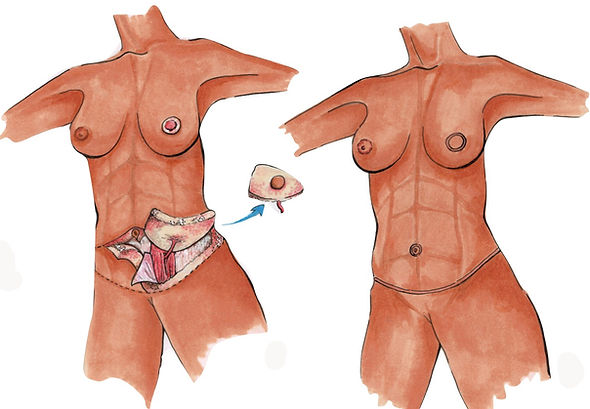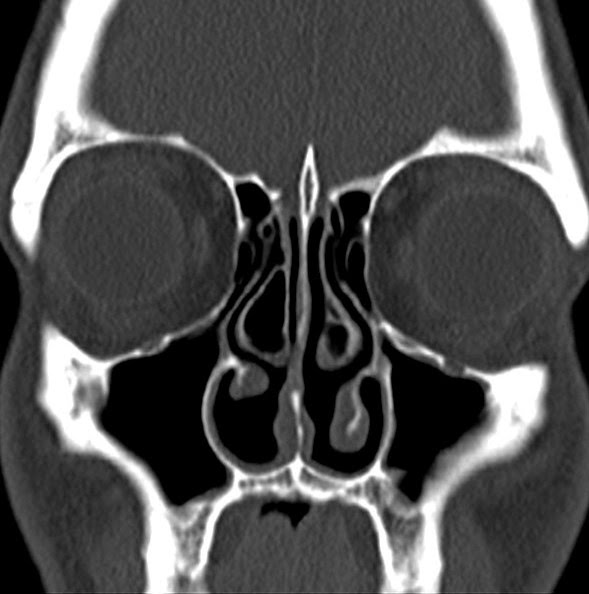
You should know the options available to you if you have a brain aneurysm. This article explains the risks and benefits of treatment and will provide you with information about the OHSU Brain Institute's expertise in treating brain aneurysms. It also covers the efficacy and safety of various aneurysm procedures.
Treatment of aneurysms is effective
There are many ways to evaluate the effectiveness of aneurysm treatments, including complete or close-to-complete occlusion. An independent observer will determine the primary efficacy outcome, which is a mRS score between two and more. Efficacy is also assessed by the number of recurrences that occurred during the follow-up period.
One study evaluated the occlusion rate for complex wide-neck bifurcation aneurysms. It showed that the majority aneurysms became occlusive six-months after surgery. In addition, the angiographic appearance was either stable or improved. The results also showed that only a small percentage of aneurysms returned to the clinic during long-term surveillance.

Risk of rupture
Aneurysm treatment can cause rupture depending on the type. Aneurysms in vertebral and basilar arteries, the vertebrobasilar junction and the vertebral vein have greater risks than those in anterior circulation. Patients with aneurysms that are more than 10 mm in diameter are at higher risk.
Another risk factor is smoking and drinking. The damage cigarette smoke does to the arteries can lead to aneurysm rupture. A rupture can also occur when there is high blood pressure. Larger aneurysms are more likely to rupture without any symptoms. Patients with posterior communicating aneurysms tend to rupture more often than patients in other parts of the body.
Aneurysm treatment techniques
Aneurysm treatments can be divided into two types: open surgery or endovascular coiling. Open surgery is more complicated, while endovascular coiling is minimally invasive. Both involve the use of a catheter to travel through the blood vessel system.
This procedure involves inserting a thin, flexible catheter into the neck of the aneurysm and advancing a coil that is shaped like a spring. The coil will seal the aneurysm's opening once it is in place. Multiple coils may be necessary in some cases.

The expertise of the OHSU Brain Institute when it comes to treating brain aneurysms
The OHSU Brain Institute has extensive expertise in the diagnosis and treatment of brain aneurysms, which are balloon-like masses that develop in the arteries of the brain. They can rupture and cause life-threatening hemorhage in the brain. Fortunately, the OHSU Brain Institute has some of the best brain aneurysm specialists in the country.
Aneurysms can occur in weak areas of the artery wall and can rupture at any moment. They can be as small or large as one quarter of an inch. Although they can grow anywhere in your brain, the majority of them occur along the arteries connecting your brain and the base the skull. A saccular aneurysm is a type of aneurysm that attaches to an artery via a stem. It can either have a narrow neck, or a wider neck.